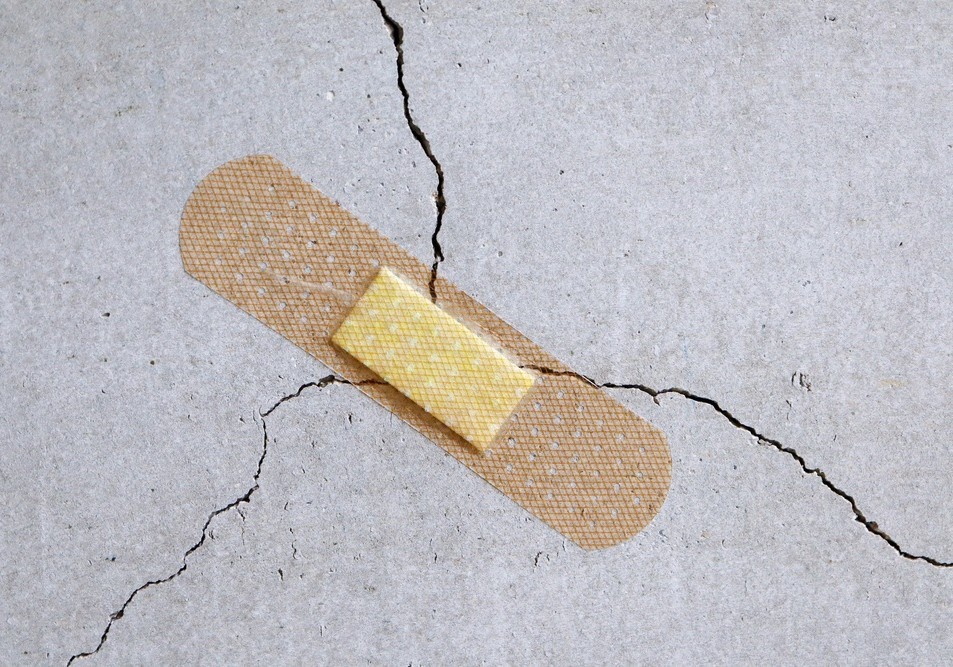We know them by a singular name, so important these buildings are in our discourse. Towers that have collapsed or been burnt leaving massive death tolls.
At a service in London this week, the 72 lives lost in the Grenfell fire five years ago were remembered. Articles, including mine, lamented regulatory inaction and acknowledged hard won law reforms. In Florida last month, the loss of 98 lives in the Champlain collapse of 2021 was marked differently. It is with the enormous relief that laws were passed in the wake of the collapse, making it mandatory for 30-year-old high rise buildings to be inspected for structural soundness - and then again every 10 years for the duration of its life. The magnitude of this reform is as breathtaking as its swift and unanimous passage through the Florida legislature.
In Australia there are the mononymous towers too: Lacrosse, Opal, Mascot. Each terrifying in their own way, each fortunately without loss of life or injury, and each with their own law reform legacies.
When once we talked and wrote of strata in terms of car parking infractions, disputes about noise, and claims on common property, now we write and speak of the loss of life or injury. It is as if ‘Strata Health and Safety (SHS)’ is the new thing. Except it’s not new at all. These events all have their origins deeply rooted in the neo liberalism of the last 40 years. When government chooses a light touch, the consequences are often heavy.
SHS is not confined to the outliers or the one in a million case. The pandemic has highlighted the murky waters that lie between public and private space and the sometimes-conflicting role of strata entities as both the private custodians of that space and the agent of public health policy. This conundrum will require more socio legal debate before we get clarity on the proper role of private governance organisations in matters of public health.
Mould will be the next issue on the strata health and safety agenda. Here, the building defects crisis coincides with extreme rain events. More cracks, more water, more leaks, more mould. Biotoxins, a term mould expert Professor Tim Law prefers, is serious business. Sick buildings are becoming more recognised, and remediating them more expensive. The property managers time-honoured solution of asking the tenant to open the windows and wipe down surfaces is not making the cut.
These are dark topics. They don’t play well to the carefree aspirational sales pitch of those pushing apartment living. Which is exactly why you know they are worth taking seriously. There are answers to how we deal with all these things, but developing a culture of strata owners’ responsibility must be high on the list of difficult conversations to be had. Let the plaintiff cries of poor suffering owners begin.






